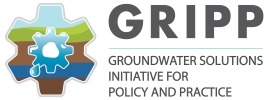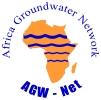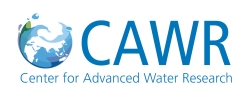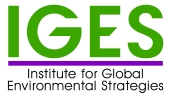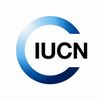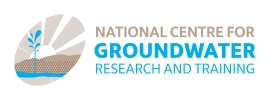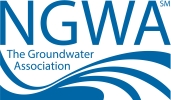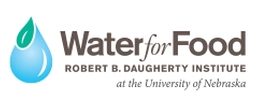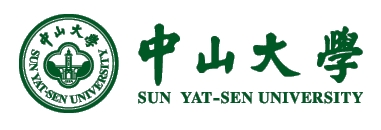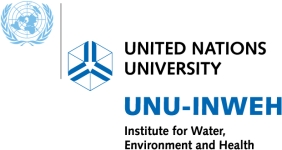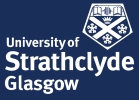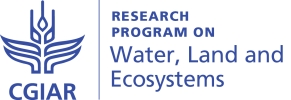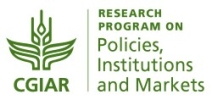Leaving untreated wastewater from the textile industry to infiltrate compromises nature-based solutions
Background
India was the world’s third largest exporter of textiles in 2015, and the sector generates direct employment for more than 45 million people in the country, making it the second largest after agriculture [1]. The textile sector in India uses bleaching and dyeing steps that generate large volumes of wastewater, often containing non-biodegradable components like heavy metals and inorganic compounds (color fixation salts and chlorides) [2] [3]. The federal government, as part of a strategy to move towards a more circular economy and to combat negative environmental impacts and pollution from industries, introduced new binding standards for effluent discharge from the textile industry in 2016 [4]. The initiatives were motivated in part by the importance of groundwater and water conservation for all sectors in the economy. The standards require that the levels of total dissolved solids (TDS) and total chromium do not exceed 2,100 mg/L and 2.0 mg/L, respectively, in the discharged water, while permitting that “[t]he treated effluent shall be allowed to be discharged in the ambient environment only after exhausting options for reuse in industrial processes/irrigation in order to minimize freshwater usage.”
The irrigation of fields with treated textile effluents is thus permissible under certain circumstances. As described here, though, various ways of emitting wastewater in a partially treated or untreated state are employed in many places in India, using intentional or unintentional approaches to groundwater-based natural infrastructure (GBNI) (Figure 1).

Figure 1. Left: Stagnated wastewater outside the wall of a textile dyeing factory. Right: Colored groundwater pumped from an open well just outside a state-of-the-art industrial park (photos: J. Grönwall).
Wastewater discharge and practiced infiltration technologies
Injection wells and percolation ponds
The textile cluster Tirupur in the state of Tamil Nadu is the first Indian cluster known to practice law-prescribed, so-called zero liquid discharge (ZLD) of effluents in a systematic manner. Factory audits reveal, however, that some textile units circumvent the regulations for proper treatment through bypass arrangements, avoiding the use of installed treatment facilities [5]. Empirical observations on the ground and anecdotal evidence from interviews suggest that wastewater ends up in streams and lakes. The practice of discharge through percolation ponds and injection wells was also in evidence. The latter two infrastructure solutions are in principle permissible under the current regulation from 2016 [5], but no standards have been developed for this type of discharge.
Some units either construct injection wells to function as subterranean waste disposal sites, or use dried-up boreholes to discharge untreated or poorly treated effluents. This practice is carefully hidden from inspection authorities but is known to interviewed factory workers and villagers. The prevalence of this unlawful practice is not known, nor is the potential for transport of hazardous wastewater constituents through the groundwater system with possible detrimental effects.
The way in which percolation ponds are used to dispose of effluents is illustrated at a factory in the Tirupur region, where locals claim that large volumes of wastewater are channelled to two ponds—one next to the factory and the other about 1.5 km away. Though both are concealed behind walls, they are visible from Google Earth satellite images. Notably, an image taken in March 2014 shows that the river was then completely dry, and all land areas suffered from drought—but the percolation ponds were filled (Figure 2).
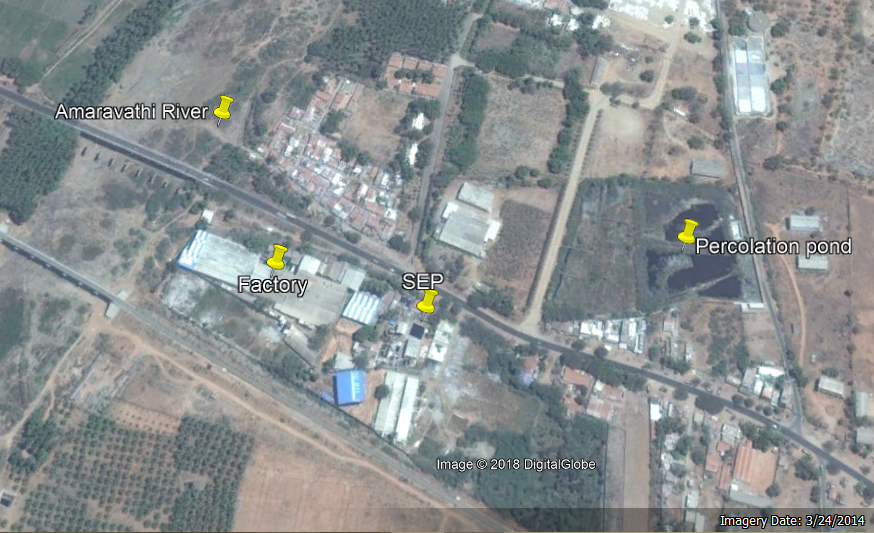
Figure 2. Google Earth historic imagery, dated March 24, 2014, illustrating the use of percolation ponds and solar evaporation pans (SEPs) during a drought period when the riverbed is dried up (photo: J. Grönwall).
Solar evaporation pans
Solar evaporation pans are constructed as wide surface drying beds used to dry sludge from wastewater treatment. They constitute the last step of the ZLD technique, which enables in-house reuse of wastewater after reverse osmosis and other types of filter techniques. Though generally allowed at dyeing factories around Tirupur as a way of reducing energy costs, this method leaves a dry residue that contains hazardous chemicals, and infiltration to aquifers below cannot be ruled out, e.g. as a consequence of leaks.
Challenges
These very common practices continue to push Tirupur and many other regions further into a state that perpetuates difficulties with remediation. Letting industrial wastewater, especially if poorly treated, percolate or infiltrate out of sight may appear to be a nature-based solution, but most often, this constitutes poorly managed aquifer recharge (MAR). The impacts may be harmful, and the costs are often externalized. Improper treatment and disposal of textile effluent can contribute to substantial expenses for society at large, and for subsistence farmers and poor households in particular, when they can no longer use water from wells and boreholes that have become contaminated. Poor treatment and disposal of residues or sludge from the treatment process may also constitute groundwater contamination hazards. People, the environment, and other water-dependent sectors suffer when industries systematically—or thoughtlessly—pollute groundwater and misuse GBNI as sinks. Drinking water supply and irrigation for food production may be affected several kilometers away for an unforeseeable time and with limited possibilities of remediation.
Water governance is imperative, with vastly improved capacities and technical skills together with the application of precautionary measures and proper regulation and enforcement. Progress on the legal, regulation and prosecution side in India is slowly happening, but is ultimately affected by heavy lobbying from the industry. The risks involved with bad infiltration practices can be avoided by making use of available technical advances in wastewater treatment to safeguard receiving soils and groundwater bodies and effective implementation and control. There are examples from Mexico and Australia of how unintentional recharge of urban stormwater can be turned into managed aquifer recharge with groundwater quality protected [6]. Furthermore, there is now water quality guidance for recharge enhancement in India with natural waters [7]. However, capability for water quality analyses that would satisfy the requirements of risk assessment, soil and groundwater monitoring, and water quality risk management are needed to ensure that improved infiltration with treated wastewater will protect aquifers and all groundwater users. Policy makers and executive authorities do not know how common the textile wastewater infiltration practices are, nor do they fully understand the potential negative consequences—and neither do factory owners. GBNI can be misused to give the appearance of compliance with applicable rules, despite having poor (or unknown) impacts in environments surrounding textile industries. Much of the sometimes poorly treated wastewater ends up in aquifers in ways that are far from environmentally friendly.
[1] Ministry of Textiles, Government of India. 2016. Annual report 2015-16. http://texmin.nic.in/sites/default/files/ar_15_16_ENG.pdf
[2] Soni, R.; Mishra, P. 2017. Analysis of textile waste water used for irrigation in the agricultural fields of Jodhpur. Pollution research 36(3): 570-577.
[3] Bhatia, D.; Sharma, N.; Singh, J.; Kanwar, R. 2017. Biological methods for textile dye removal from wastewater: A review. Critical Reviews in Environmental Science and Technology 47(19): 1836-1876.
[4] Ministry of Environment, Forest and Climate Change. 2016. Environment (protection) fifth amendment rules (2016): Standards for discharge of effluents from textile industry, G.S.R. 978(E), New Delhi, October 10, 2016. http://www.indiaenvironmentportal.org.in/files/file/Amended%20EPA%20Rules%20textile.pdf
[5] Grönwall, J.; Jonsson, A.C. 2017. Regulating effluents from India’s textile sector: New commands and compliance monitoring for zero liquid discharge. Law Environment and Development Journal 13(1): 13-31. Available at http://www.lead-journal.org/content/17013.pdf
[6] Dillon, P.; Jimenez, B. 2008. Water reuse via aquifer recharge: Intentional and unintentional practices. Chapter 14 in Water reuse: An international survey of current practice, issues and needs, eds., Jimenez, B.; Asano, T. International Water Association Scientific and Technical Report No. 20. IWA Publishing. Pp. 260-278.
[7] Dillon P.; Vanderzalm, J.; Sidhu, J.; Page, D.; Chadha, D. 2014. A water quality guide to managed aquifer recharge in India. CSIRO Land and Water and UNESCO Report of AusAID PSLP Project ROU 14476. https://publications.csiro.au/rpr/pub?pid=csiro:EP149116
Jenny Grönwall
Stockholm International Water Institute (SIWI), Sweden; Email: jenny.gronwall@siwi.org






